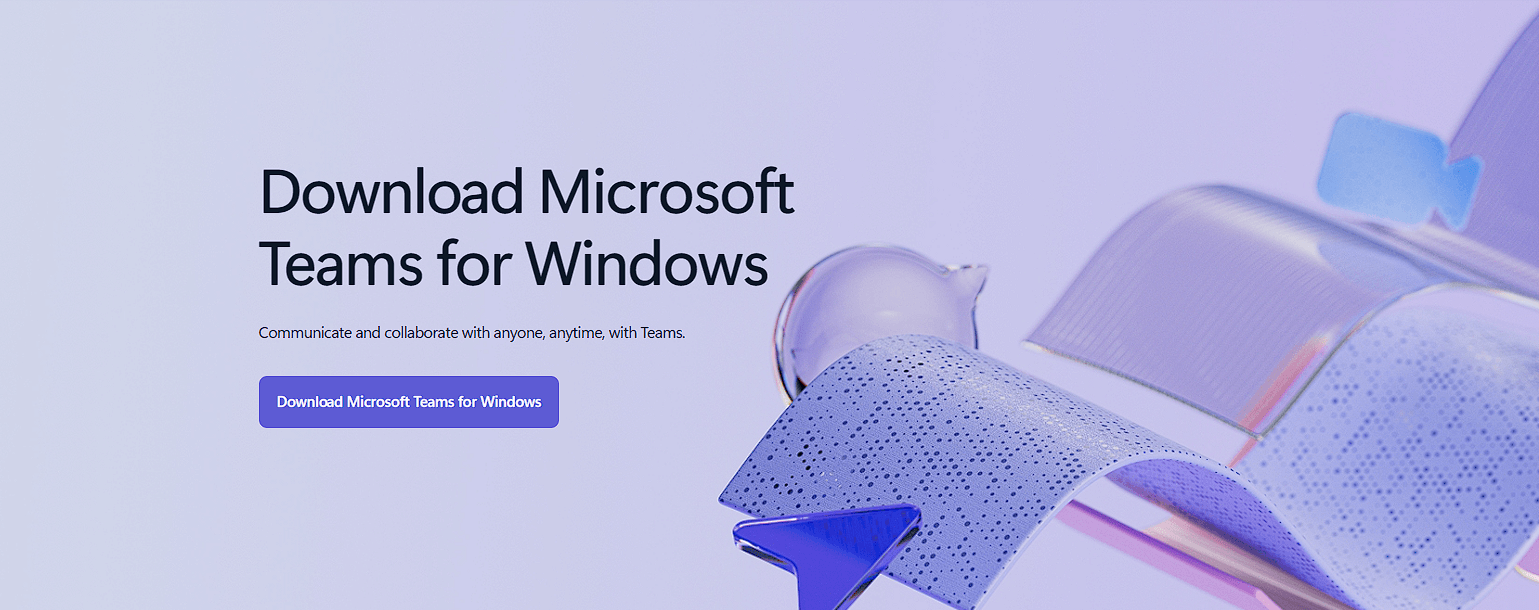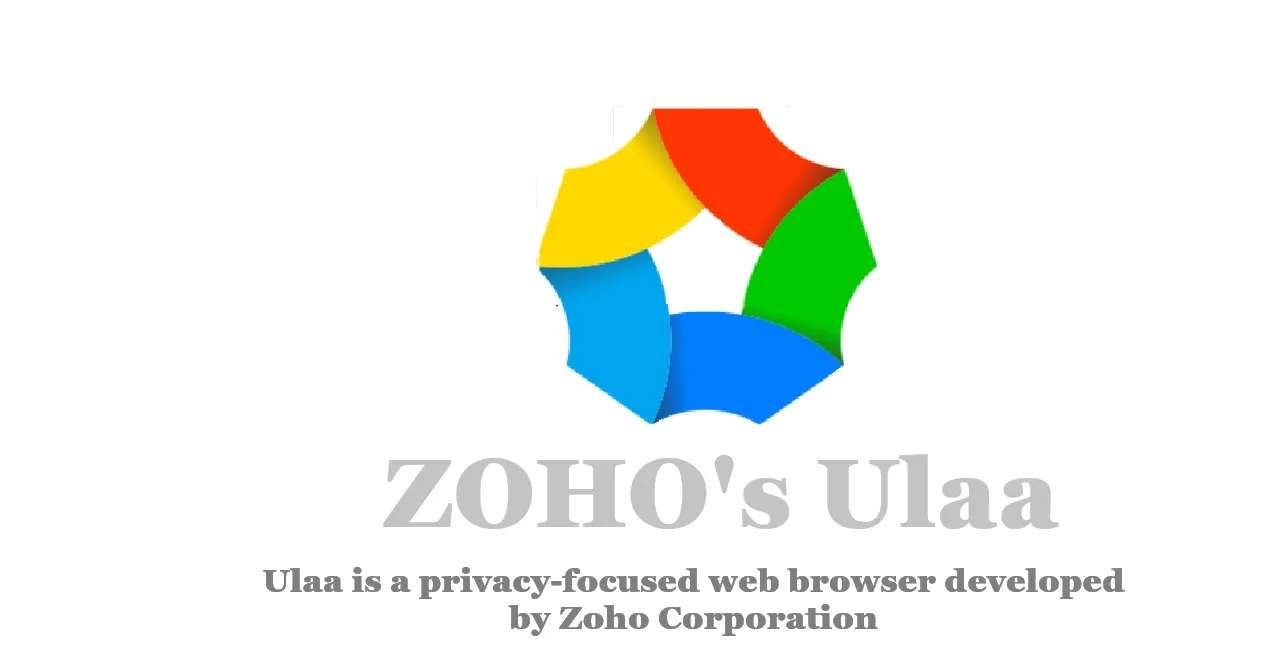When it comes to streamlining team communication, Slack and Microsoft Teams are two of the most popular platforms out there. Both offer robust tools to keep your team connected, but their approaches differ. To help you choose, we’ve put together a detailed, data-backed comparison of Slack and Microsoft Teams across 10 key areas.
1. Industry Adoption
According to a web report, Slack has carved out a strong niche in team collaboration, boasting over 12 million daily active users (as of recent reports). Its popularity spans startups and creative industries, thanks to its flexibility and vibrant ecosystem. Meanwhile, Microsoft Teams has skyrocketed to 145 million daily active users, fuelled by its deep integration with the Microsoft 365 suite, making it a go-to for enterprises already using Microsoft tools.
2. Feature Set
Slack shines with its 2,500+ integrations, offering unmatched flexibility to connect with tools like Trello, Asana, and Zoom. Its app marketplace makes it a favourite for teams needing customised workflows. Microsoft Teams, however, holds its own with powerful features like advanced video conferencing, real-time document collaboration, and seamless integration with Microsoft 365 apps like Word, Excel, and OneDrive, creating a more unified experience for Microsoft-centric businesses.
3. Learning Curve
Slack is known for its intuitive, user-friendly interface, which makes onboarding a breeze. New users can quickly get up to speed, thanks to its clean design and robust support resources. Whereas Microsoft Teams is feature-rich, it can feel more complex due to its extensive capabilities, resulting in a steeper learning curve, especially for teams unfamiliar with the Microsoft ecosystem.
4. Collaboration Tools
Slack’s strength lies in its channel-based messaging, which keeps conversations organised and searchable. Its threaded replies and emoji reactions make collaboration feel dynamic and engaging. Microsoft Teams offers similar messaging features but stands out with real-time co-authoring of documents and integration with Microsoft Whiteboard for brainstorming, making it ideal for teams that rely heavily on document collaboration.
5. Video and Voice Calling
Microsoft Teams takes the lead in video conferencing, offering robust features like background blur, custom backgrounds, and meeting recordings, with support for up to 1,000 participants in a single call. Slack’s video calling is simpler, relying on integrations like Zoom or Google Meet for advanced functionality, which may require additional setup.
6. Pricing
Slack offers a free plan with basic features and paid plans starting at $7.25 per user/month (Standard) and $12.50 per user/month (Plus). Microsoft Teams provides a free version with limited features and paid plans through Microsoft 365, starting at $6 per user/month for the Business Basic plan. Teams is often more cost-effective for organisations already invested in Microsoft 365.
7. Security and Compliance
Microsoft Teams excels in enterprise-grade security, offering features like data encryption, multi-factor authentication, and compliance with standards like GDPR, HIPAA, and ISO 27001. Slack also prioritises security with encryption and compliance certifications but may not match Teams’ depth for highly regulated industries.
Related Posts
You may like: Adobe Photoshop vs. Sketch: Which Tool Reigns Supreme?
8. Mobile Experience
Both platforms offer strong mobile apps, but Slack’s app is praised for its sleek, responsive design, ideal for teams on the go. Microsoft Teams’ mobile app is functional but can feel bulkier due to its extensive feature set, which may slow down performance on older devices.
9. Customization and Flexibility
Slack’s extensive app integrations and customisable workflows make it a favourite for teams needing tailored solutions. You can build bots, automate tasks, or integrate niche tools with ease. Teams, while less flexible in third-party integrations, offers deep customisation within the Microsoft ecosystem, such as Power Automate for workflow automation.
10. Scalability
Microsoft Teams is built for large enterprises, with features like organisation-wide channels and support for thousands of users, making it ideal for scaling businesses. Slack is highly scalable too but shines in smaller, agile teams where quick setup and flexibility are key.
Which Should You Choose?
- Choose Slack if your team values a lightweight, customisable platform with a vast app ecosystem and a focus on fast, channel-based communication. It’s perfect for startups, creative teams, or businesses using diverse tools.
- Choose Microsoft Teams if your organisation is already using Microsoft 365 or needs robust video conferencing, document collaboration, and enterprise-grade security. It’s a natural fit for large businesses or those prioritising an all-in-one solution.

Final Thoughts
Both Slack and Microsoft Teams are powerful tools, but your choice depends on your team’s needs, existing tech stack, and budget. Slack offers flexibility and ease of use, while Teams provides a comprehensive, Microsoft-integrated experience. Evaluate your priorities—whether it’s integrations, scalability, or cost—and test both platforms’ free versions to see which feels right.



